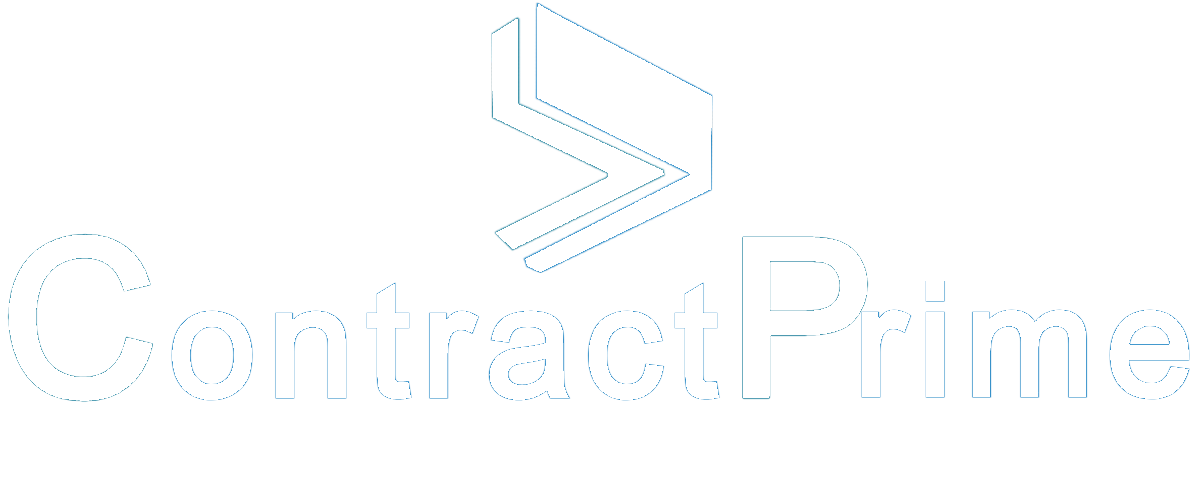Bridging the Gap: Navigating the Reality of Off-the-Shelf CLM Solutions
In the dynamic Contract Lifecycle Management (CLM) technology landscape, vendors often promote their products as plug-and-play or Software as a Service (SaaS) solutions, ensuring seamless integration and easy adoption. However, a common challenge arises due to a misalignment between customer expectations and vendor promises. This article delves into the intricacies of off-the-shelf CLM solutions, emphasizing the critical need for buyers to conduct thorough assessments and comprehend implementation nuances.

Written by Knowledge Team, posted on February 16, 2024
Implementing off-the-shelf CLM solutions goes beyond initial expectations, requiring a comprehensive understanding of existing processes, clear project success criteria, and alignment of internal workflows with software capabilities. Customization may be necessary to meet specific organizational needs, underscoring the importance of thorough due diligence during vendor selection, including seeking references from similar use cases. Transparent communication between buyers and vendors is vital for managing expectations and bridging the gap between promised efficiency and practical adoption challenges.
The Reality of Implementation
Despite claims of plug-and-play simplicity, the actual implementation of CLM solutions can be more intricate than anticipated. Buyers frequently encounter challenges stemming from the complexity of existing processes, the necessity for customization, and the time required for successful integration. For instance, organizations may face hurdles aligning their internal workflows with the capabilities of the chosen CLM software.
Assessing Customer and Organizational Readiness
A critical determinant of the success of Contract Lifecycle Management (CLM) implementation is the combined readiness of both the customer and the organization. In evaluating customer readiness, organizations must have well-defined processes before adopting a CLM solution to avoid hindering automation efforts. Practical steps, such as creating a detailed checklist or roadmap, can guide organizations in aligning internal workflows with the capabilities of the chosen software for seamless integration.
Simultaneously, assessing organizational readiness involves a comprehensive approach outlined in the CLM Maturity Model. This model includes stages such as understanding current contract management processes, ensuring leadership alignment, standardizing processes and policies, evaluating technological infrastructure and IT capabilities, engaging stakeholders, planning for training and skill development, conducting risk management and compliance checks, and establishing mechanisms for continuous improvement. By combining efforts to assess both customer and organizational readiness, organizations can enhance their ability to bridge the gap between CLM expectations and the practical realities of implementation.
Demonstrating the importance of readiness assessment, a manufacturing company encountered difficulties because they had not thoroughly evaluated their internal workflows, leading to delays and unrealized efficiency gains. By addressing these issues and conducting a comprehensive readiness analysis, the legal department transformed into a success story, facilitating seamless CLM integration and enhancing contract management.
Customization and Future Features
While vendors may market their products as off-the-shelf, buyers often find the need for customization to meet specific requirements. For example, unique industry regulations or organizational structures may necessitate tailoring the CLM solution. Additionally, promises of future features may not always align with customer expectations. Transparent communication from vendors regarding these aspects is crucial for managing expectations and fostering a collaborative partnership.

Due Diligence in Vendor Selection
Buyers are encouraged to conduct thorough due diligence when evaluating CLM solutions. Understanding the vendor’s implementation process, support for customizations, and the roadmap for future features is essential. Seeking references from existing customers with similar use cases provides valuable insights into the real-world performance of the CLM solution. This comprehensive approach ensures that the chosen solution aligns with the organization’s specific needs and growth trajectory.

Vendor Transparency
Transparent communication between buyers and vendors is key to bridging the expectation-reality gap. Vendors should openly discuss the limitations of their products and potential challenges in implementation. Buyers, in turn, should engage in proactive and transparent discussions to ensure their specific needs are met. This ongoing communication is crucial for addressing any unexpected challenges promptly and maintaining a collaborative and responsive partnership.

Let’s explore the experience of a wealth management family office operating in a highly regulated industry. During their Contract Lifecycle Management (CLM) implementation journey, they realized that the off-the-shelf solution did not adequately address the unique compliance requirements of their sector. Recognizing the necessity for customization, the compliance team collaborated closely to modify the CLM system, aligning it with industry regulations. This tailored approach not only ensured compliance but also highlighted the adaptability of the selected CLM solution.
Conclusion
While off-the-shelf CLM solutions offer the promise of efficiency and automation, reality often involves complexities that demand careful consideration. Buyers must take the initiative to assess their own readiness, thoroughly evaluate potential solutions, and engage in transparent communication with vendors. By understanding the nuances of CLM implementation, organizations can bridge the gap between expectations and the practical realities of adopting these powerful technologies.
